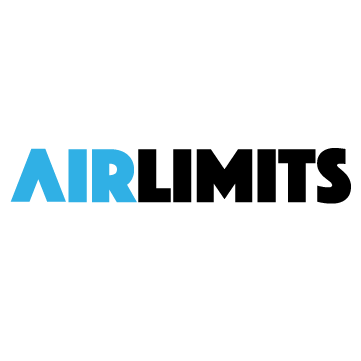Do you own, operate, or dispatch heavy-duty trucks in or to California?
Then you need to know about the California Air Resources Board’s (CARB) upcoming requirement to regularly test the emission control system of nearly every truck operating within California, regardless of where the trucks owner lives or where the truck is based and registered. The new requirements are more commonly known as a heavy-duty truck smog check and will become effective over the next couple of years. If your vehicles are not compliant, you need to know what the current and future requirements are. If your vehicles are compliant, you may need to regularly test and report to remain compliant.
As a vehicle owner, what do you need to do starting in 2023?
• Keep up with regularly scheduled maintenance to ensure your vehicle’s emissions
controls remain in proper operating condition. Repair any emissions control
systems issues as soon as possible.
• If you receive a Notice to Submit to Testing from the California Air Resources
Board (CARB) due to a potential high- emitting vehicle, submit a passing
compliance test to CARB within 30 days.
• If you have vehicles subject to the Periodic Smoke Inspection Program (PSIP),
continue annual inspections (smoke opacity) and record-keeping.
What is the HD I/M regulation?
The HD I/M regulation is a new program starting in January 2023 to ensure polluting, poorly maintained heavy-duty vehicles operating in California are quickly identified and repaired. Passenger vehicles and lighter trucks have been required to undergo periodic emissions testing and reporting for decades through the Bureau of Automotive Repair’s Smog Check Program. Now big trucks and other heavy-duty vehicles traveling California’s roadways will be subject to similar requirements starting with roadside emissions screening to identify potential high emitters for follow-up testing and emissions-related repairs, if needed. At full implementation, the HD I/M regulation will require heavy-duty vehicles to undergo periodic emissions testing to reduce particulate matter (PM) and oxides of nitrogen (NOx) emissions, and to protect communities most impacted by air pollution.
Why is HD I/M needed in California?
The majority of densely populated areas in California, such as the South Coast and San Joaquin Valley air basins, exceed federal ozone and PM2.5 standards. Many major populated regions and economically disadvantaged communities are situated near heavy trucking traffic areas. The HD I/M program is critical for achieving State Implementation Plan commitments and moving closer to meeting federal ambient air quality standards and improving public health in these regions, across the State, and especially in disadvantaged communities disproportionately impacted by air pollution.
Which heavy-duty vehicles must comply with the regulation?
Nearly all diesel and alternative fuel heavy-duty trucks and buses with a gross vehicle weight rating over 14,000 pounds that operate in California must comply. This includes hybrid trucks and buses, commercial vehicles, privately-owned vehicles, government vehicles, and vehicles registered outside of California.
Which vehicles are exempt from the regulation?
The heavy-duty vehicle types shown below are exempt from the regulation:
• Zero-emission vehicles
• Military tactical vehicles
• Emergency vehicles
• New vehicles with engines certified to the most stringent optional, NOx standard (only for the first four years of program implementation)
• Motorhomes registered outside of California
• Vehicles operating under an experimental permit
• Historical vehicles
Are government vehicles subject to the HD I/M regulation?
Yes, local, state, and government vehicles are subject to the HD I/M regulation.
Are single vehicles (one truck fleets) exempt from HD I/M like they are in the Periodic Smoke Inspection Program (PSIP)?
No. Single vehicles are also subject to the HD I/M regulation, unless they are a vehicle type specifically exempted from the regulation (see exemptions above).
When does the HD I/M program start?
The program begins in January 2023 with the use of roadside emissions monitoring devices (REMD) to screen for vehicles that may have high emissions. Vehicles flagged as potential high emitters may be required to undergo follow-up vehicle compliance testing to ensure they are operating with properly functioning emissions control systems.
If I receive an NST, what type of testing will my vehicle need? The type of HD I/M compliance test your vehicle will undergo depends on whether your vehicle is equipped with on board diagnostics (OBD) or not.OBD equipped vehicles are required to undergo a scan of the engine’s OBD data using a CARB-validated OBD test device. Diesel vehicles and diesel hybrids with 2013 and newer model year engines have OBD systems. For alternative fuel vehicles, 2018 and newer model year engines have OBD systems. Non-OBD vehicles, i.e., those that don’t meet the engine model year requirements above, are required to undergo a smoke opacity test and a visual inspection of the vehicle’s emissions control equipment, referred to as the Vehicle Emissions Control Equipment Inspection. The smoke opacity test is the same SAE J1667 snap acceleration smoke inspection used to comply with CARB’s PSIP.
Do I still need to perform my annual smoke inspections for compliance with PSIP?
If you own vehicles that are currently subject to PSIP, you still must perform your annual compliance inspections.
Have questions? Received an NST (Notice to Submit for Testing), call Air Limits at 800-788-5241.

